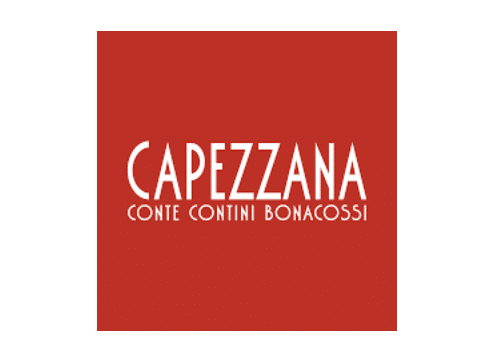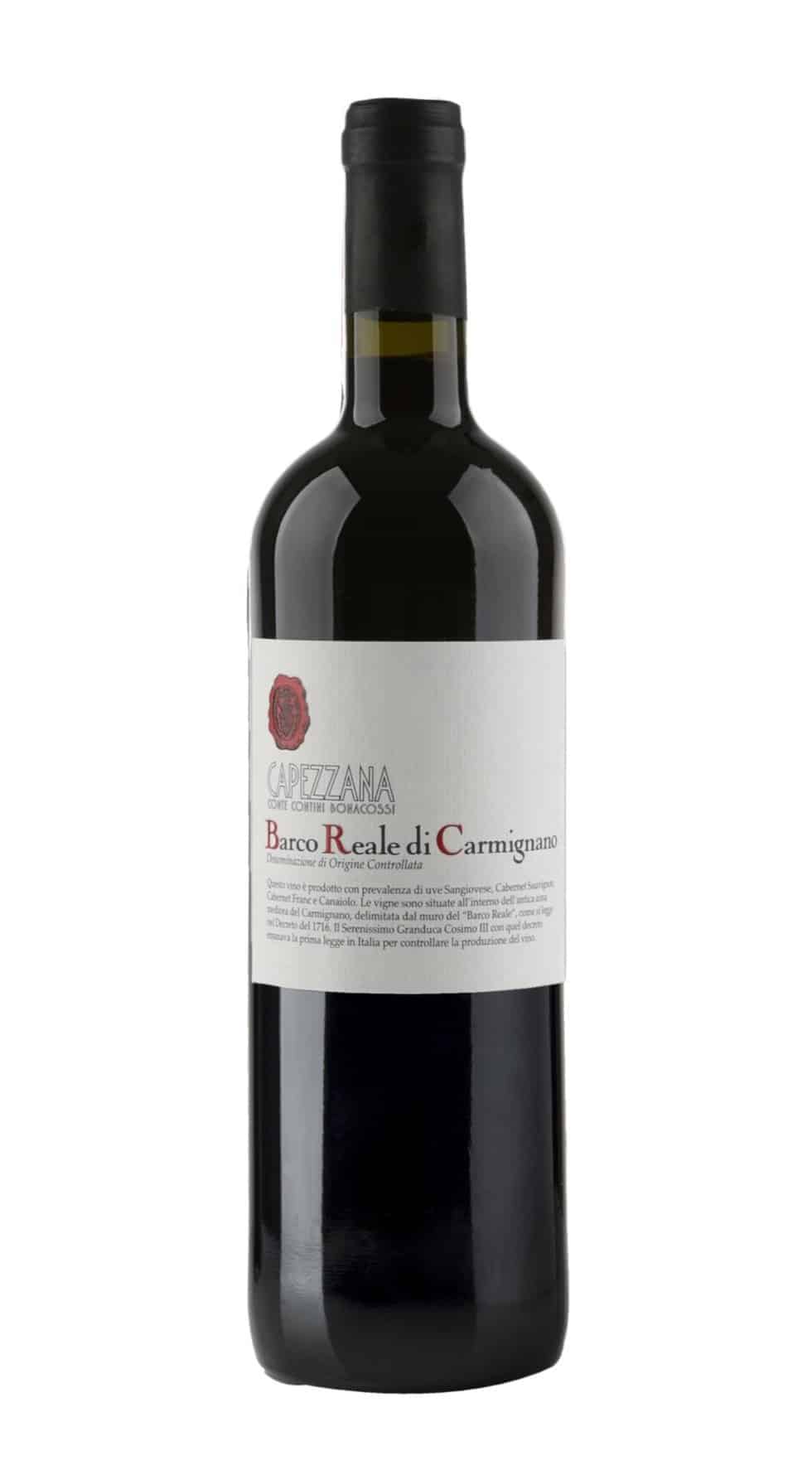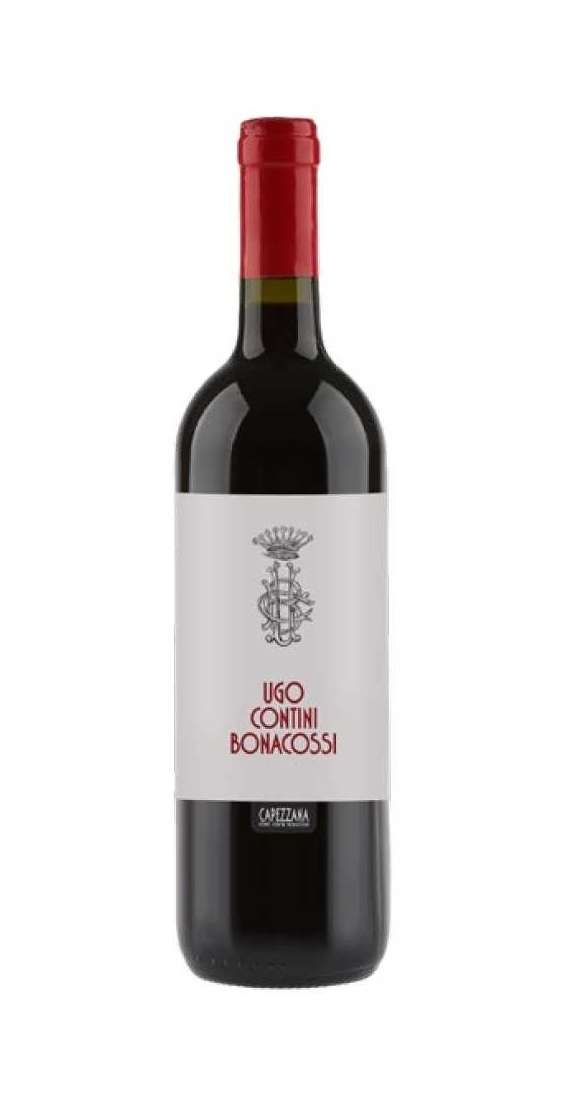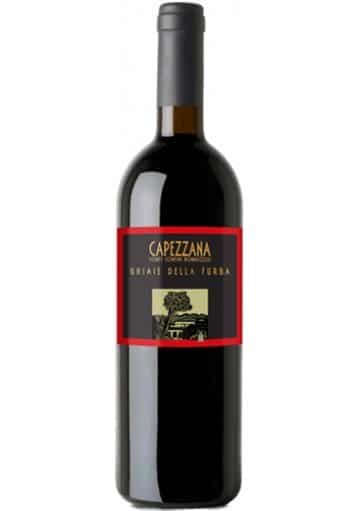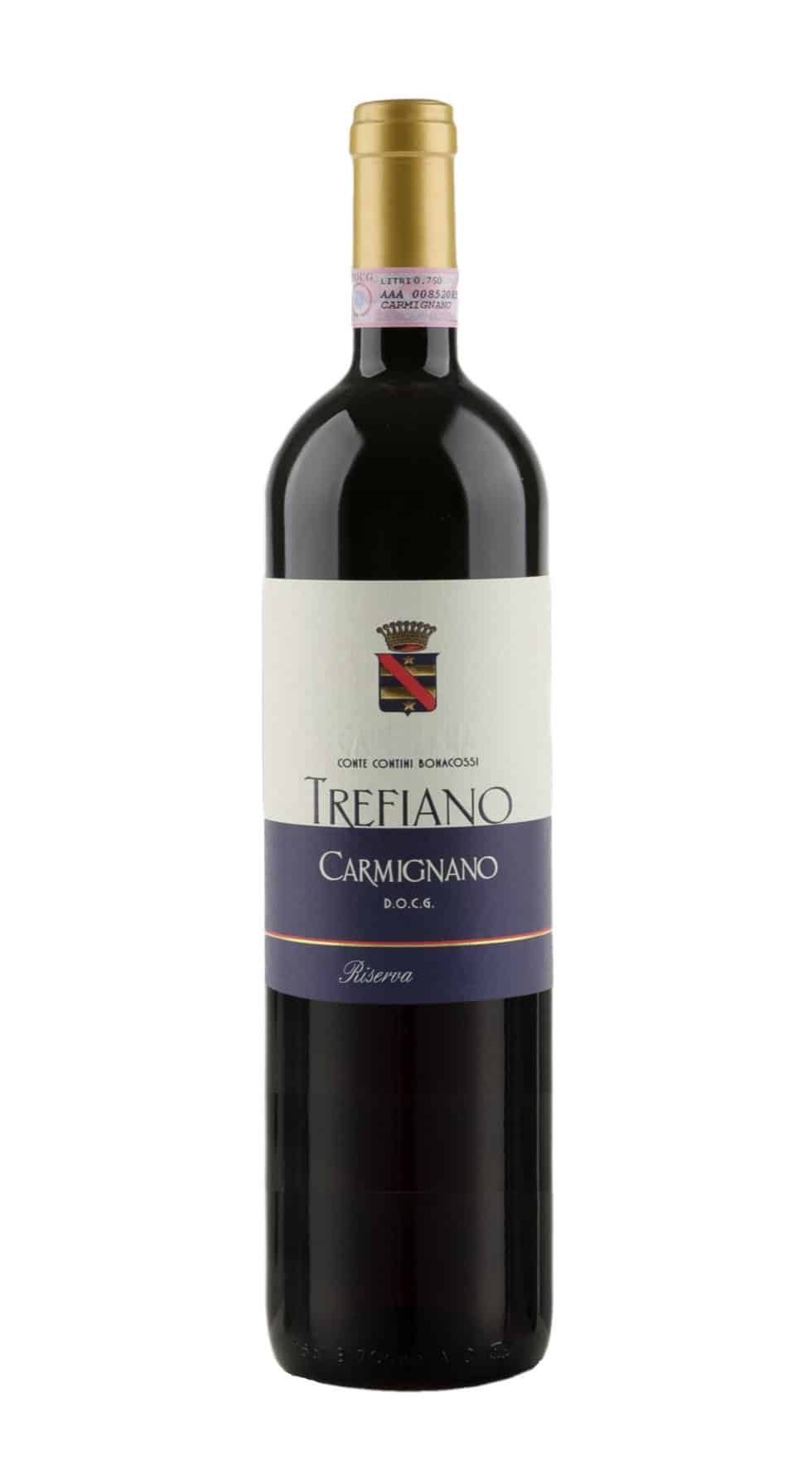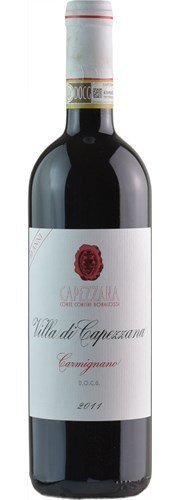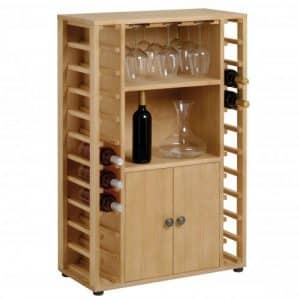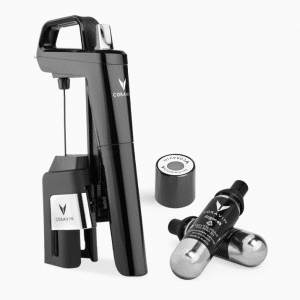Capezzana #Rossi
189,00 €
Manufacturer: Capezzana -> Go to Capezzana
Wine Box of 6 red wine
Villa di Capezzana in the 2011 and 2016 vintages, Sangiovese 80%, Cabernet 20%
Vinified in steel tanks. 7 days of alcoholic fermentation followed by another 13 of maceration with the skins before racking, at a temperature of 26/28°c.Malolactic fermentation in tonneaux of French wood, elevation, 70% of mass in tonneaux for at least 12 months, 30% in large casks for 16 months- Ages in bottle for at least 12 months.
Barco Reale di Carmignano 2018, Sangiovese 75%, Cabernet Sauvignon 15%, Canaiolo black 5% and Cabernet Franc5%
Vinification in vasteel sche. 7 days of alcoholic fermentation followed by another 8 days. of maceration with the skins before racking, at a temperature of 26°C.°/28°C. Malolactic fermentation in steel, elevation in barrels of Allierfrom 24 hl for 6–8 months. Refined in bottle for about 3 months. Fruity and floral, with light notes of oak on the nose. In the mouth it is full-bodied, elegant and with gentle tannins. Gifted with great freshness and easy drinking, it denotes a sweet and moderately long finish.
Ghiaie Della Furba 2017, Cabernet Sauvignon 40%, Syrah 35% and Merlot 25%
The nose is full, complex and elegant, with ripe red fruit in the foreground, notes of rose and violet that precede the spicy, intense. Soft in the mouth, with great structure. Fruity with taste sensations of small red fruits of the underbrush married to intense and complex spicy notes. Long finish.
Ugo Contini Bonacossi 2016Sangiovese
Vinification in steel tanks. 7 days of alcoholic fermentation followed by other 13 of maceration with the skins before racking, at a temperature of 26/28°c. Malolactic fermentation in new French oak barriques. Aging for 18 months, 50% of mass in new barrels and 50% in used barrels for 18 monthsIt is aged in bottle for at least 8 months. Intense bouquet and elegant, fruity with spicy and floral notes such as violet and violet, to finish Kentucky tobacco. Consistent on the palate in elegance with persistent spicy notes. Mint and light vanilla. Silky tannins, enveloping and well balanced. Long and robust on the finish.
Trefiano Carmignano DOCG Riserva 2015, Sangiovese 80%, Cabernet 10%, Canaiolo 10%
Vinification in steel tanks. 7 days of alcoholic fermentation followed by other 13 of maceration with the skins before racking, at a temperature of 26°/28°C. Malolactic fermentation in Tonneaux of French oak. Elevation, Tonneaux for 24 months. Ages in bottle for at least 1 year.
*for orders of Wine Box single label or personalized contact [email protected]
Digital data sheets sent by email
Apewineboxes is an online wine shop with over 4000 bottles of artisanal wine, natural wine or biodynamic wine.
We take you to the world's best wine regions, without the need to fly, via our wine boxes, also on subscription.
Carmignano (Italy)
In Carmignano the vine has been present for more than 3000 years. Wine vases and wine-tasting cups found in Etruscan tombs are clear evidence of such ancient viticulture in this territory. In the state archives of Florence, a parchment was found that documents how vines and olive groves were already being cultivated in Capezzana in the 9th century AD.
From the Renaissance onwards, various families took over the ownership of the estate built in 1475 by Mona Nera Bonaccorsi: Cantucci, Marchesi Bourbon del Monte, Adimari Morelli, Franchetti Rothschild and finally the Contini Bonacossi, the current owners, in 1920.
Later Count Alessandro Contini Bonacossi enlarged the property with the purchase, from Marquis Aman Niccolini, of two neighbouring farms, "Il Poggetto" and "Trefiano".
Thus was born the Capezzana Estate, divided into 3 farms and more than 120 estates, dedicated to the production of high quality wine and oil. Alessandro's passion for collecting led him to preserve bottles, so that today Capezzana can boast a collection of historic vintages starting from 1925.
Over the decades the Estate has seen five generations of winemakers, and in 2009 a virtuous path of organic practice in the vineyard, now certified, began.
Mechanisation is limited to the control of spontaneous grasses, so no chemical herbicides are used. We also continue to use the ancient practice of green manure with the sowing of legumes and grasses in alternate rows. A natural way to enrich the soil with nitrogen. Certain to leave a still fertile land and not a mountain of poisoned and sterile plastic to future generations. So not "Integrated Struggle" (don't be fooled, they predict pesticides, chemistry in the vineyard), but rather "Integrated Respect."
You may also like…
-
Add to WishlistAdd to Wishlist
-
Add to WishlistAdd to Wishlist

